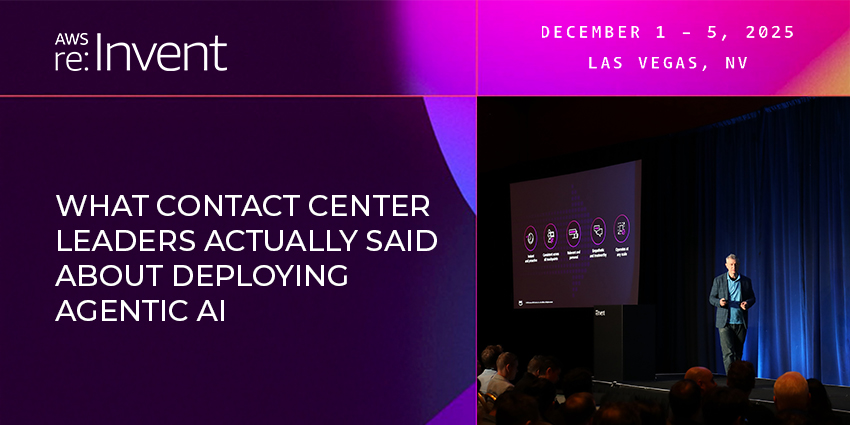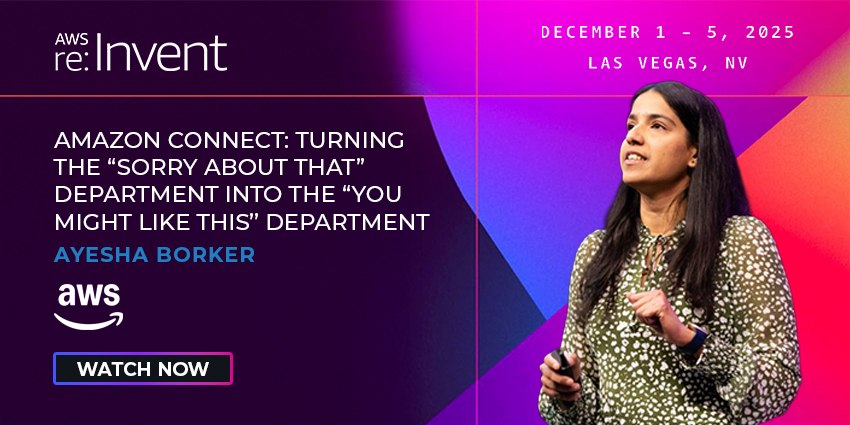Aussie collaboration software provider Atlassian has cut 200 customer support jobs in Europe.
The move is the latest example of how some companies are restructuring their customer support functions as AI does more of the work.
According to Bloomberg, the job cuts in France and the Netherlands are part of Atlassian’s push to strengthen customer support through smarter routing and AI-powered assistance tools. The company has also integrated AI into its customer contact form.
Atlassian is best known for its software tools like project management platform Jira, workflow task board Trello, and shared workspace Confluence. It has over 300,000 customers worldwide, ranging from startups to 80 percent of the Fortune 500.
The company caused a stir back in July when it laid off 150 customer service employees via a pre-recorded video, with co-founder Mike Cannon-Brookes reportedly indicating that some roles would be replaced by AI. That video drew a scathing response from some quarters, given that Cannon-Brookes’ purchase a $75 million private jet earlier this year.
But Atlassian is hardly alone in slashing its number of customer support roles. Just last week, Salesforce said it has cut its customer support headcount by 4,000, with AI agents handling 1.5MN incoming customer queries, since it deployed Agentforce less than a year ago.
However, it’s far from inevitable that AI will replace customer service staff across the board. For instance, ServiceNow has decided not to cut support roles, despite deflecting roughly 75 percent of customer cases. Indeed, the company’s contact center team is no smaller than two years ago, according to Amit Zavery, President, CPO, & COO at ServiceNow.
Like Atlassian, ServiceNow’s customer support staff have their own self-service AI that has helped them improve the quality of the service they provide, increasing customer satisfaction (CSAT) and retention rates. Yet, it seems that they’ve also been directed to go deeper with customers and forge relationships.
The difference in these approaches sheds light on the choice many brands will face as contact center AI advances. Do we reinvest in, re-size, or reallocate staff, or do we opt for a combination of these options? And at what pace? These are tough questions that many service leaders are already asking.
Reframing the Human Role
OpenAI CEO Sam Altman recently cited customer support staff as an example of the “classes of jobs” that AI will eventually replace completely.
But in the near term at least, it’s unlikely to be that clear-cut.
Indeed, industry research firm Cavell predicts that the number of global contact center agent roles will grow from 15.3 million in 2025 to 16.8 million by 2029.
Meanwhile, Gartner has forecasted that half of organizations will abandon plans to cut their contact center headcount by 2027.
Overall, customers still show a strong preference to talk to human agents. As recent studies, even tech-savvy, phone call-averse Gen Z has shown an overwhelming preference for interacting with humans over AI.
For instance, nearly 65 percent of Gen Z consumers still prefer human customer service to deal with complex issues, according to Five9. Around 47 percent also cited AI-powered solutions as untrustworthy, and 36 percent find them less reliable.
Highly publicized stories, like a customer who recently tried to escalate to a human 20 times when dealing with Shopify’s customer service AI, only add to these negative perceptions.
And, with all the talk of AI agents eliminating customer service jobs combined with the frequent frustration for customers dealing with automated systems, politicians are moving to set down legal requirements to mandate human support.
Will that change things for better or worse? That’s up for debate.







